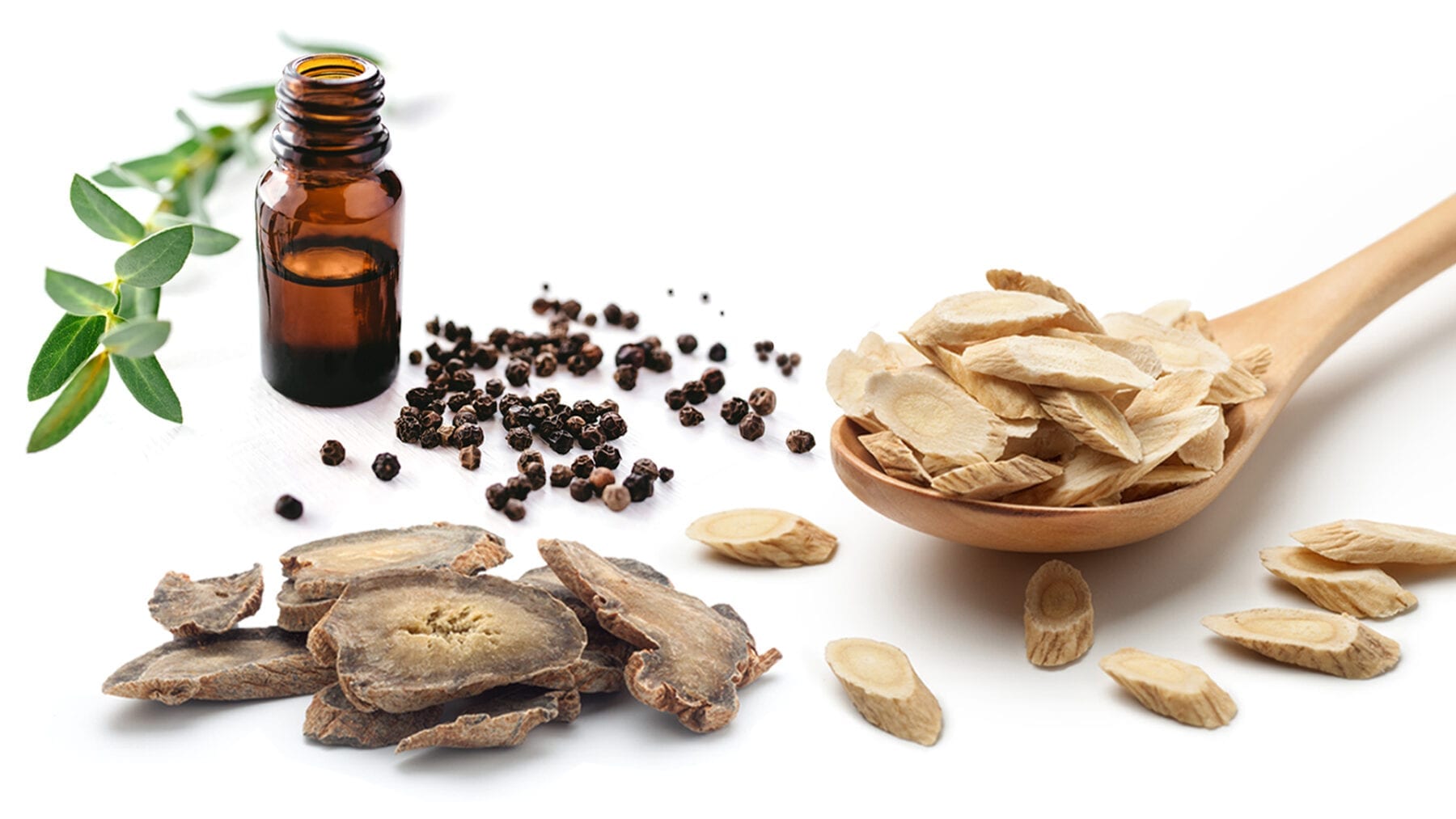
Written by Dr. Bal Krishna Subedi
Orthopedic Surgeon (MS)
November 24, 2020
CATEGORIES
View All
BioWOW Foods® Safety/Quality
Full-Body Workouts
Healthy Eating
Joint Health
Self-Care Strategies
Supplements Guide
Featured Videos
“You are what you eat” goes the old saying. However, the saying should be “we are what we make our microbes eat.” An equilibrium between the “good” and the “bad” bacteria in our gut is crucial to good health and living. (1) Healthy gut flora helps in proper digestion, metabolism, controls food intake, hunger, satiety, mood, and strengthens the immune system in general. (2) The gut is also labeled as the second brain of the human body owing to an independent nervous system constituted in its layers. Various studies support the importance of normal flora in reducing the inflammatory processes, modifying the gene expression, and improving the metabolic and hematological functions. (2-3)
Diverse food patterns rich in plant and animal products are necessary to keep our guts healthy, flexible, and functioning. (5) All-natural foods such as yogurt (with live and active cultures), fresh vegetables, sauerkraut (unpasteurized), kefir, tempeh, miso soup, red wine, fermented cheese, fiber-rich diets such as legumes, nuts, and seeds; exercise, good sleep, dietary supplements like omega 3 fatty acids, etc. help considerably to restore and maintain the balance of normal flora.
References:
1.) Gagliardi, A., Totino, V., Cacciotti, F., Iebba, V., Neroni, B., Bonfiglio, G., Trancassini, M., Passariello, C., Pantanella, F., & Schippa, S. (2018). Rebuilding the gut microbiota ecosystem. International Journal of Environmental Research and Public Health, 15(8). https://doi.org/10.3390/ijerph15081679
2.) Valdes, A. M., Walter, J., Segal, E., & Spector, T. D. (2018). Role of the gut microbiota in nutrition and health. BMJ, 361. https://doi.org/10.1136/bmj.k2179
3.) Lazar, V., Ditu, L.-M., Pircalabioru, G. G., Gheorghe, I., Curutiu, C., Holban, A. M., Picu, A., Petcu, L., & Chifiriuc, M. C. (2018). Aspects of gut microbiota and immune system interactions in infectious diseases, immunopathology, and cancer. Frontiers in Immunology, 9. https://doi.org/10.3389/fimmu.2018.01830
4.) Leaky gut archives. (n.d.). Elena Klimenko, MD – Functional Medicine. Retrieved November 11, 2020, from https://www.drelenaklimenko.com/category/leaky-gut/
5.) Ercolini, D., & Fogliano, V. (2018). Food design to feed the human gut microbiota. Journal of Agricultural and Food Chemistry, 66(15), 3754–3758. https://doi.org/10.1021/acs.jafc.8b00456

Written by Dr. Bal Krishna Subedi
Orthopedic Surgeon (MS)



